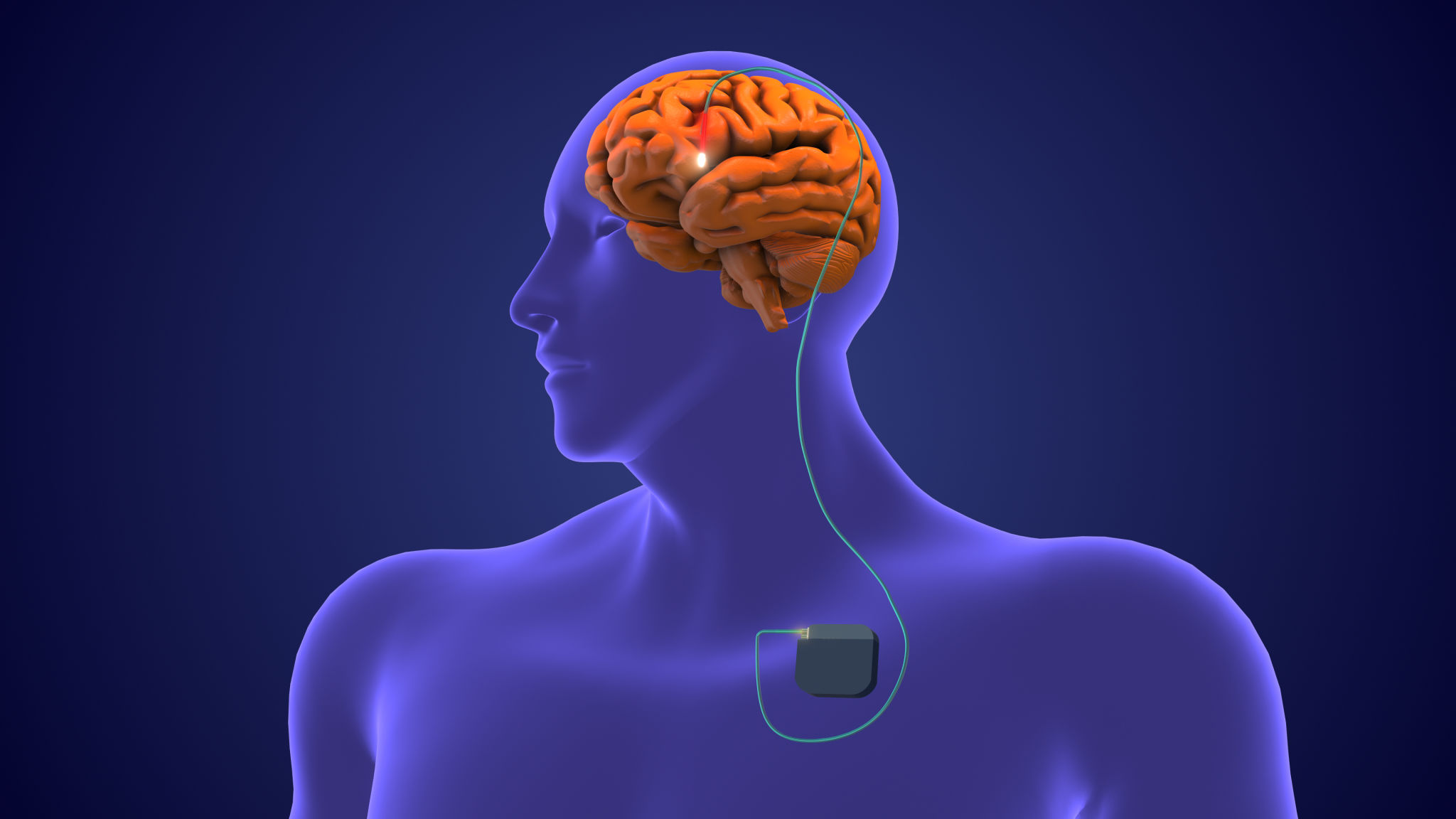Navigating Brain Stimulation Techniques: What You Need to Know
Understanding Brain Stimulation Techniques
In recent years, brain stimulation techniques have gained significant attention for their potential to treat a range of neurological and psychiatric disorders. These techniques offer non-invasive and invasive methods to modulate brain activity, providing new avenues for therapy and research. Understanding these techniques is crucial for both healthcare professionals and patients looking to explore alternative treatment options.

Non-Invasive Techniques
Non-invasive brain stimulation methods are popular due to their safety and ease of application. Two primary techniques in this category are Transcranial Magnetic Stimulation (TMS) and Transcranial Direct Current Stimulation (tDCS). TMS uses magnetic fields to stimulate nerve cells in the brain, while tDCS applies a low electrical current through electrodes on the scalp. Both techniques are used to treat conditions like depression and anxiety, with ongoing research exploring their efficacy for other disorders.
Invasive Techniques
Invasive brain stimulation involves surgical procedures to implant devices in the brain. The most common technique is Deep Brain Stimulation (DBS), which delivers electrical impulses to specific areas of the brain. DBS is primarily used to manage symptoms of Parkinson's disease, epilepsy, and severe cases of obsessive-compulsive disorder. While highly effective for some patients, it carries risks associated with surgery and requires careful patient selection.

Applications and Benefits
Brain stimulation techniques have shown promise in treating a variety of conditions. For instance, they are increasingly being used in the management of chronic pain, stroke rehabilitation, and even enhancing cognitive function in healthy individuals. The potential to improve quality of life for patients who do not respond well to traditional treatments makes these techniques an attractive option for many.
Potential Risks and Considerations
As with any medical intervention, brain stimulation techniques come with potential risks and side effects. Non-invasive methods like TMS and tDCS are generally considered safe, but they may cause mild discomfort or headaches. Invasive procedures like DBS, however, have more significant risks, including infection, bleeding, or device malfunction. It is essential for patients to discuss these risks with their healthcare provider to make an informed decision.

The Future of Brain Stimulation
The field of brain stimulation is rapidly evolving, with ongoing research aimed at refining existing techniques and developing new ones. Advances in technology and a deeper understanding of brain functions are paving the way for more targeted and effective treatments. Personalized brain stimulation therapies tailored to individual patient needs may soon become a reality, offering hope for those with challenging neurological conditions.
Conclusion
Brain stimulation techniques represent a frontier in medical treatment, offering innovative solutions for complex neurological issues. While these methods are not without challenges, their potential benefits make them a valuable area of exploration for both researchers and clinicians. Staying informed about the latest developments in this field can empower patients to make better decisions about their healthcare options.
